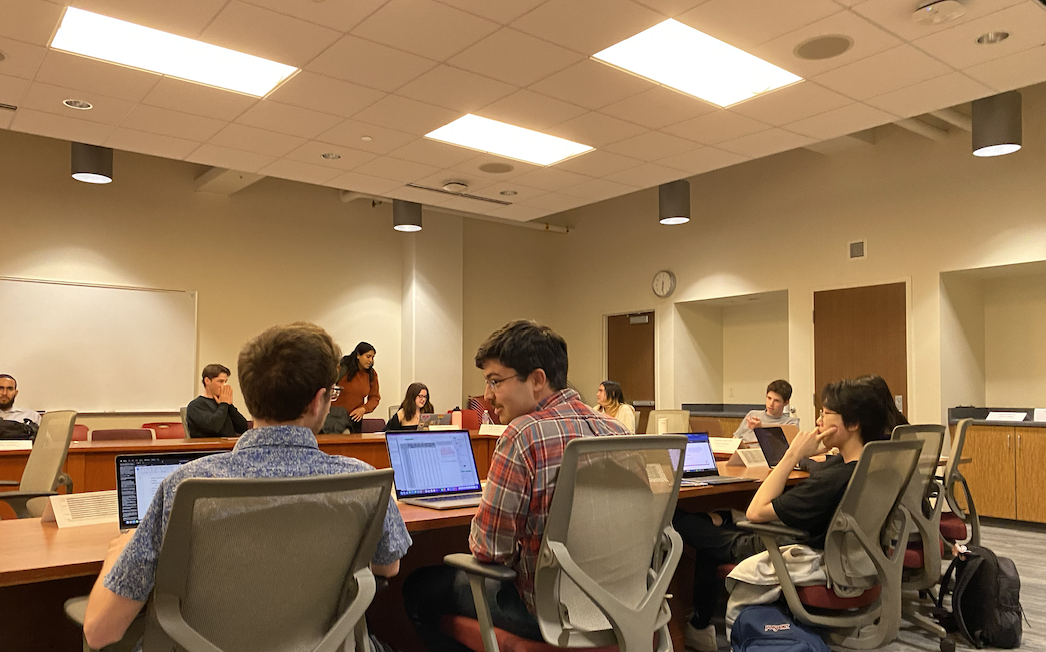In the midst of the centennial anniversary of World War I, the University of Wisconsin welcomed New York Times bestselling author Adam Hochschild to commemorate the tragic consequences of the war.
Hochschild, author of “To End All Wars: A Story of Loyalty and Rebellion,” came to the Historical Society auditorium defined the heroes and victims of history in a lecture Wednesday night.
“So, here we are, a hundred years after the first world war, a war which, I think we can fairly say, remade our world for the worst,” Hochschild said.
This war, like recent wars, started with illusions, Hochschild said. The main illusion was of quick and easy victory. Young men would excitedly go off to war thinking they would return heroes, and consequently not returning at all, he said.
Another illusion was the grand illusion of cavalrymen. Cavalrymen seemed heroic because of the decisive and important role they played in previous wars, Hochschild saild. Cavalry was a path to military glory and promotion, he said.
The war had a very grave effect on Britain, he said. Thirty-one percent of Oxford graduates in 1913 died fighting in WWI, Hochschild said.
“War was fought by the poor,” Hochschild said, however going on to explain that was not always the case. Most captains and lieutenants were from the upper class, based on war traditions dating far back, he said.
Yet young men were eager to fight and serve their country, he said. They wanted the glory, without realizing the price they may pay, Hochschild said. In addition, men were seen as cowards and even “effeminate” if they did not enlist in the war. The bravest men were the resistors, Hochschild said.
With the war came the first glance of totalitarian rule. Germans built an electric fence between Belgium and Holland to ensure no Reconstructionist citizens escaped to Holland, Hochschild said. The war also created one of the largest surges of refugees throughout Eastern Europe and the Middle East.
By the end of the war, a total of nine million military members and between nine to 12 million civilians perished. Some of the soldiers who lost their lives were 17 years old or younger
“The madness of all this makes me very much respect the people who saw the war as madness, who understood some of these consequences, and who spoke out at this time,” Hochschild said.
Some opponents of the war were actually jailed for resisting, such as American union leader Eugene V. Debs. Great Britain was also home to a majority of resistors against the war, he noted.
Hochschild cited one resistor Emily Hobhouse, a British woman, who in 1916, went to France, Switzerland, Germany and finally Berlin, just to present to the German Prime Minister peace terms. No one sent her, and when she returned to Britain she was seen as crazy. However, today she is seen as a hero, he said.
“… In this war, that killed so many millions of people, she was the only human being who went from one side to the other, and back again, in search of peace,” Hochschild said.















